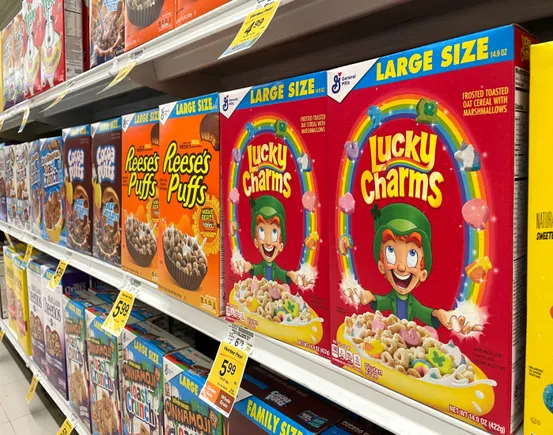General Mills has announced plans to eliminate artificial colors from its U.S. retail portfolio by the end of 2027. In addition, the company has committed to removing synthetic dyes from its U.S. cereals and foods served in K-12 schools by the summer of 2026. This decision will affect a small portion of its school portfolio and 15% of its U.S. retail portfolio.
This move by General Mills follows a trend in the food industry towards natural colors. The company previously faced challenges when it reformulated Trix cereal with natural colors in 2016, which led to a decline in sales due to consumer complaints about the less vibrant hues. General Mills eventually reintroduced the classic cereal with artificial colors a year later.
Transitioning from artificial to natural coloring sources comes with various challenges, including ensuring an adequate supply of natural colors, potential impacts on product shelf life, price, and packaging. Both General Mills and Kraft Heinz, who also recently pledged to remove artificial colors from their products, have given themselves around 30 months to make the transition, in line with voluntary deadlines set by Health and Human Services Secretary Robert F. Kennedy Jr.
While General Mills and Kraft Heinz have expressed optimism about meeting their deadlines, the process of removing synthetic dyes from their portfolios remains uncertain. It’s unclear why these food giants are making commitments now, but it’s possible they want to demonstrate their commitment to voluntary goals set by the FDA. The FDA has indicated that phasing out artificial dyes before 2027 is voluntary, but there may be increased pressure on food makers to reformulate their products.
General Mills CEO Jeff Harmening stated, “Across the long arc of our history, General Mills has moved quickly to meet evolving consumer needs, and reformulating our product portfolio to remove certified colors is yet another example.”
As the food industry continues to prioritize natural ingredients and respond to consumer demands, companies like General Mills are taking steps to align with evolving preferences and regulatory guidelines. The shift towards natural colors reflects a broader trend towards cleaner labels and healthier food options.

